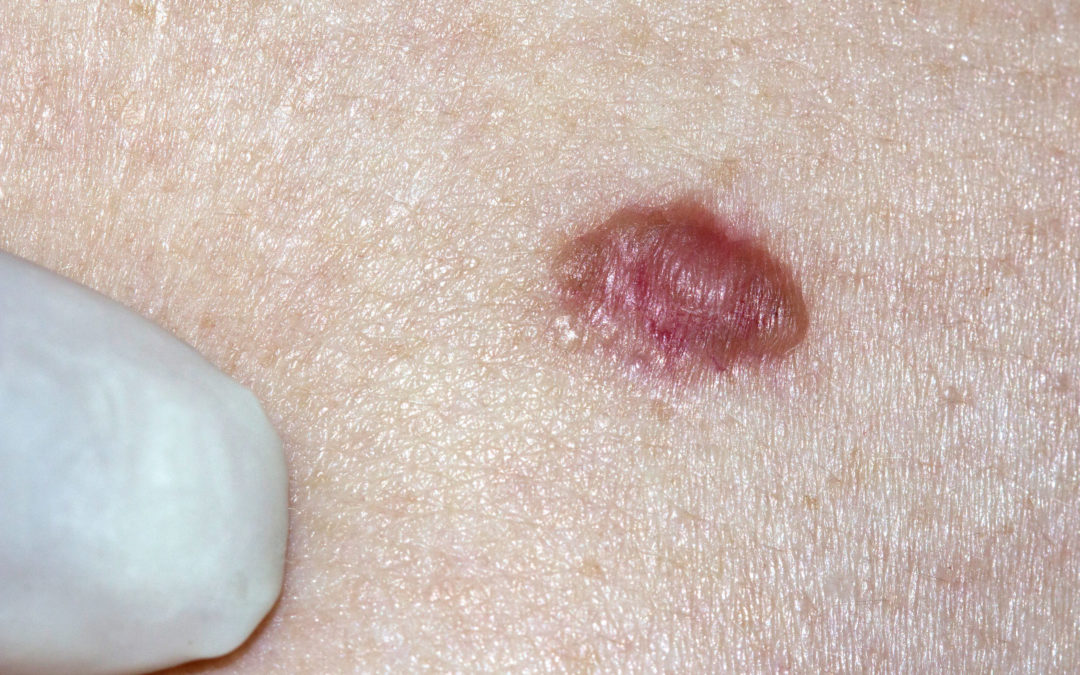Early detection is essential for successful skin cancer treatment. This makes understanding how to identify the early signs of skin cancer crucial for all patients, especially those with risk factors for the disease.
What Are The Early Signs of Skin Cancer?
Different types of skin cancer have different early signs and symptoms. The three major types of skin cancer are basal cell carcinoma, squamous cell carcinoma, and melanoma.
Signs of Basal Cell Carcinoma
Basal cell carcinoma most often appears in areas that are frequently exposed to the sun, such as the face, neck, ears, chest, shoulders, and back. However, BCC can also develop anywhere in the body.
Patients with basal cell carcinoma typically exhibit at least two of the following symptoms:
- An open sore that may bleed, crust, and/or ooze and doesn’t completely heal, or heals and later returns
- A shiny bump that’s clear, pearly, red, pink, white, tan, black, or brown in color
- An irritated and/or red patch of skin
- An area of skin that’s shiny, similar to a scar, and white, waxy, or yellow in color
- A small pink growth with a rolled, raised edge and crusted center indentation
Signs of Squamous Cell Carcinoma
Similar to BCC, squamous cell carcinoma tends to develop on areas of skin that are often exposed to the sun. SCCs can appear as:
- Rough, thick patches of skin that might bleed and/or crust over
- Wart-like lesions or open sores that never fully heal
- Lesions with raised edges and a center indentation that may be itchy or bleed
Signs of Melanoma
Melanoma can form in any area of the body. With melanoma, a mole that you already have can become cancerous.
The warning signs of melanoma are often referred to as the ABCDEs of melanoma, which stands for:
- A: Asymmetry
Melanoma is commonly asymmetrical in shape, while non-cancerous moles tend to be symmetrical.
- B: Border
Melanoma tends to have poorly defined/irregular borders.
- C: Color
Melanoma often contains more than one color, with colors including pink, red, white, tan, brown, and blue.
- D: Diameter
Melanoma lesions are typically bigger than the diameter of a pencil eraser (6 millimeters).
- E: Evolution
Melanoma often changes over time.
Skin examinations can help ensure that any signs of skin cancer are spotted immediately. To schedule your screening, or if you have a sign of skin cancer that needs to be professionally evaluated, schedule an appointment at The Bowman Institute today.

